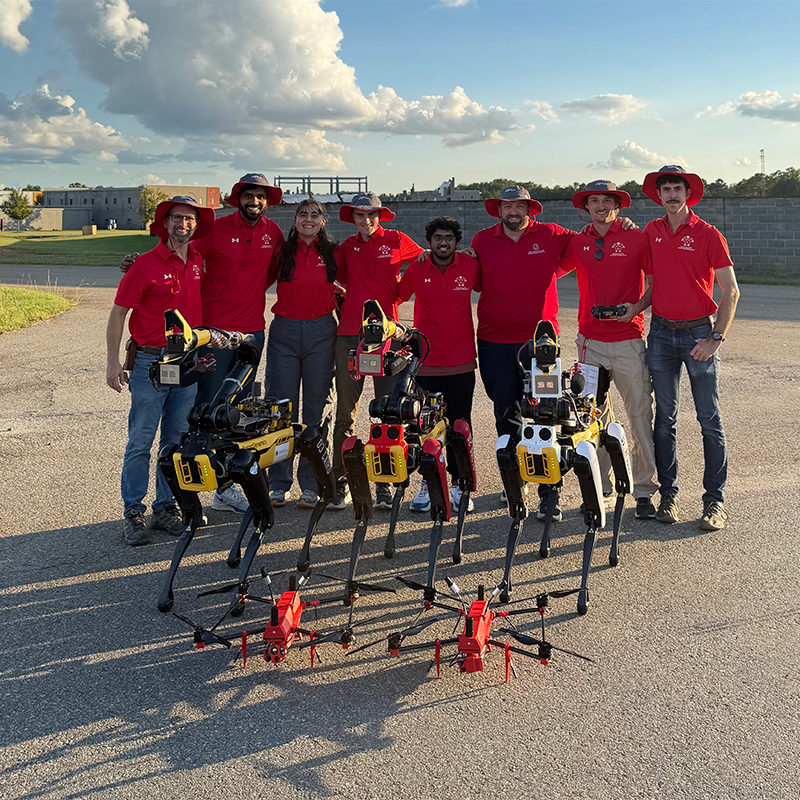News Story
Source Encoding Assisted Multiple Access (SEAMA) Protocol for Voice-Data Integrated Wireless Networks: A Technique for Trading Quality of Service for Network Capacity (ISR IP)
For more information, contact ISR External Relations Director
Jeff Coriale at coriale@umd.edu or 301.405.6604.
Inventors
Mehdi Alasti, Nariman Farvardin
Description
Some recently proposed Multi-Access Protocols (MACs) integrate voice and data in wireless communication networks; Packet Reservation Multiple Access (PRMA) is one such protocol proposed for micro-cellular wireless communication systems. In PRMA, voice and data are separated. The bandwidth is dynamically partitioned between voice and data, i.e., unused voice slots are assigned to data traffic. In order to increase the bandwidth assigned to data, in PRMA
a call in silence mode gives up accessing the channel. During a talk period, however, PRMA assigns a fixed bandwidth to the call. PRMA does not take into account the variations of the speech signal within the talk period; this leads to bandwidth inefficiency.
PRMA++ is a variation of the PRMA protocol where mobile units contend to notify their bandwidth requirement via request packets and dedicated bandwidth. This arrangement retains the inefficiency of PRMA.
ETDMA, a Time Division Multiple Access (TDMA) out of slot scheme was introduced by Hughes Network Systems. In this system mobiles are not assigned time slots for the duration of the call but are dynamically assigned slots in full-duplex RF channels. Each channel contains six half-rate slots so that for a twelve channel group there are 72 slots of which 63 are assigned to talk and 9 are reserved for data.
There are also proposals for 3rd Generation wireless systems, e.g. Enhanced Data Rates for Global Evaluation (EDGE) (AT&T and Lucent Technology), that employ PRMA or a variation of it in the MAC protocol.
The protocols and schemes identified above do not fully exploit the characteristics of the voice encoder, e.g. they do not take into consideration variations in speech or compression techniques. By employing an appropriate voice encoder and exploiting its characteristics, e.g. time variations of the speech coding rate and embeddedness of the vocoder output, researchers (including an inventor of an important component of the V-34 modem protocol) at the University of Maryland, College Park, have developed a source encoding assisted access protocol that increases capacity of an integrated voice-data system in a circuit switched network by 100% and by between 40% to 50% without a perceived drop in the quality of the voice transmission relative to packet-switched protocols.
For more information
If you would like to license this intellectual property, have questions, would like to contact the inventors, or need more information, contact ISR External Relations Director Jeff Coriale at coriale@umd.edu or 301.405.6604.
Find more ISR IP
You can go to our categorical IP search page to search by research category or faculty name. Or view the entire list of available IP on our main IP search page.
ISR-IP-Farvardin ISR-IP-wireless-networks ISR-IP-protocols
Published June 18, 2007









